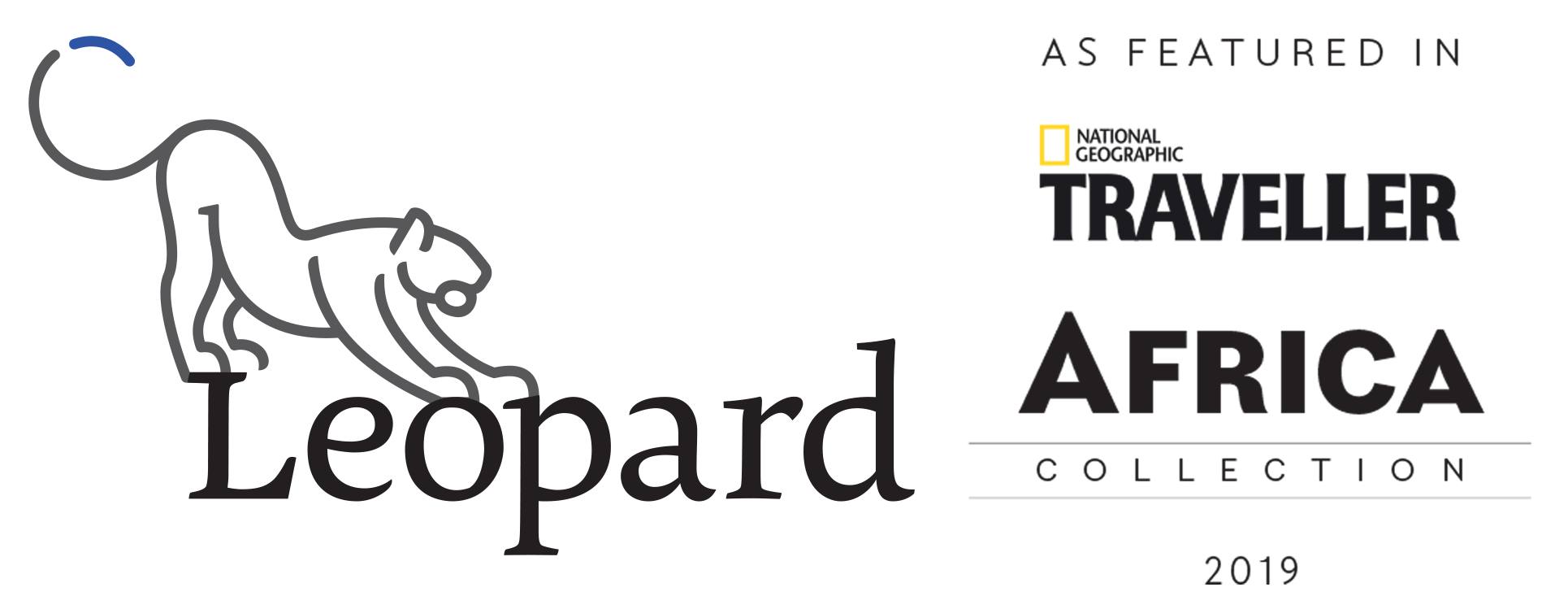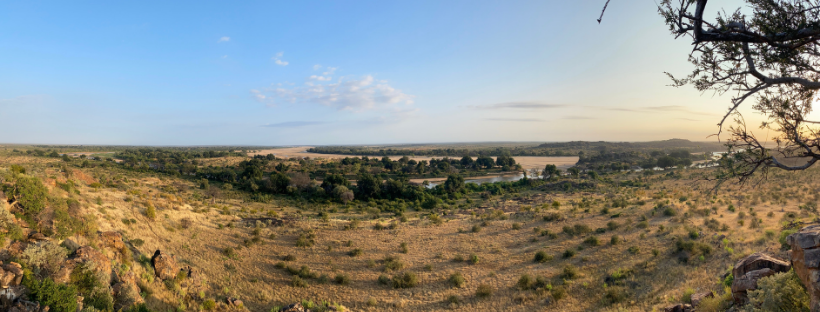Mapungubwe, a place of cultural and geographic significance, and incredible scenic beauty.
I recently took a trip to the northernmost part of South Africa. Mapungubwe National Park is located at the confluence of the Limpopo and Shashe rivers. From the lookout deck in South Africa you can see where the two rivers meet and you can peer into our neighbouring countries: Botswana and Zimbabwe.
After a long drive from Johannesburg, we were welcomed to our camp in the most spectacular way. A herd of about 20 elephants was making its way through the unfenced camp and came within a stone’s throw of our cottage. My 3 year old boy was giddy with excitement. There may be better things in life than this, but not many. Although I don’t usually recommend unfenced camps for families with young children, we loved our stay at Leokwe. The setting was breathtaking and the family cottages were best situated with great views over the sandstone hills and adjacent to the swimming pool.
The striking rock formations, sandstone hills and enormous baobab trees give the park a real scenic beauty. We visited Mapungubwe with friends and so we were able to split the group, allowing two of us to do the walk to Mapungubwe Hill. Children under the age of 16 are not allowed on the walk, so the dads stayed behind to babysit. The first people to settle at Mapungubwe were early Iron Age settlers. They lived there from about 1000 AD to 1300 AD. Like the societies of Thulamela and Great Zimbabwe, Mapungubwe was structured along social classes. The kings and queens lived on top of the hill and the commoners lived below. The most famous artefact discovered in a grave at the excavation site is a beautiful gold-plated rhino which can be seen at the Interpretation Centre.
Mapungubwe is a place that exceeded our expectations and is highly recommended for those who like to go off the beaten track.
If you have not yet listened to our podcast, you can find it here. This month, I would like to highlight the episode with Les Carlisle. He is the conservation manager for &Beyond and has decades of experience in conserving our wildlife. He had me in stitches over a story of rhino capture from his early days in the field. He also had the best explanation I’ve heard on why rhino horn is still greatly desired in the east. Indulge yourself and take a listen to this wonderful episode!
The most exciting news from the past month is that we have a new team member! Daphnée Filliette joined the Leopard family in May and she is ready to help you plan your next holiday. Daphnée has spent the last 5 years in the travel industry and is a dynamic and methodical person with a passion for creating tailor made holidays for clients. You can read more about her on our website.
Happy travelling,
Diana
Sign up for more newsletters like this here: https://mailchi.mp/2e4afa50d15f/leopard


